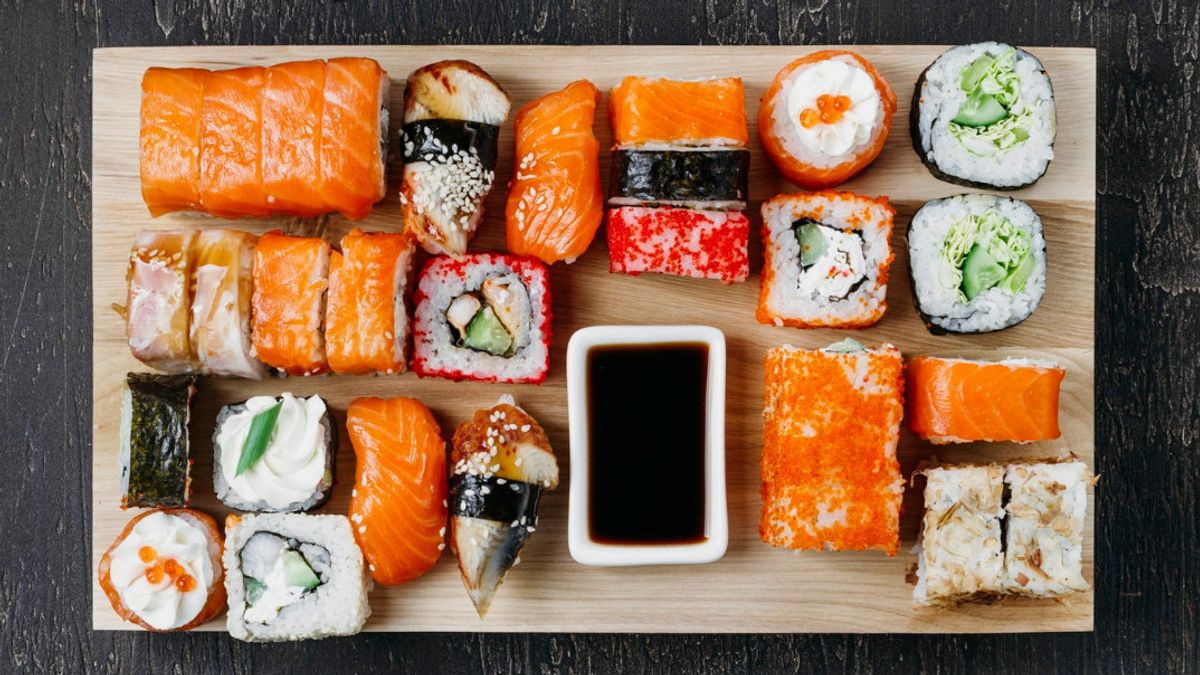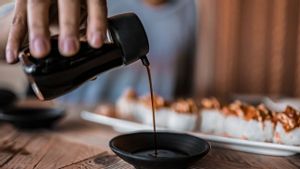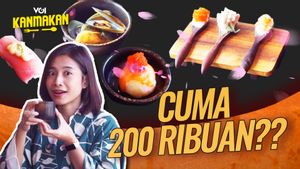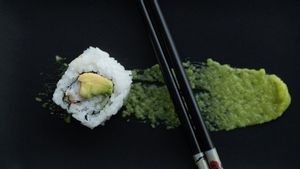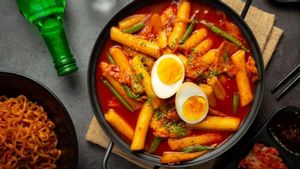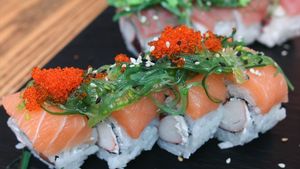YOGYAKARTA In general, there are six types oferates in Japan. But in fact, every region in Japan has a unique way of processing this food that is known to Indonesia. Most well known, including nigiri zushi, padalzushi, chirashizushi, inarizushi,erate rolls, and ishizushi. How do you distinguish these types ofvillages? This is his explanation.
This first type of sushi, made of fillet fish slices stacked on rice mixed with vinyl. Uniquely, this first type of sushi is arranged with hands and can stick to each other because of vinylegar.
Makizushi is one of themasy rolls that are included in this seconderate category, including hoso-maki (thin rolling), futo-maki (thick rolling), saiku-maki (decomorative rolling), and thematic (rolling hands). All types of insult zuzhi are wrapped or coated at the outermost with a seaweed paper or seaweed sheet.
For hoso-maki, use a semi-sheet of nori so that the rolls are thin. The fillings of the rolls are very diverse, including cucumber, tuna, salmon, and nato. While futo-maki, the most typical ones have five types and five colors including shitake, Kanpyo, chicken dumplings, fish meat, and spinach.
Saiko-maki is very decorative, so it is really thought about how a chef varies the fillings and shapes of rolls and pieces. As for the thematics, the rolls are not neat and are usually served withvillary filling plates so they can be rolled up by themselves.
In Japan, the most consumed is nigiri-zushi. While outside Japan, such as in America and in Indonesia, it is widely known aserate roll rolls. When recitation does use seaweed sheets. But many people choose seaweed sheets only as a winder that doesn't have to be eaten withvillage.
Packers are also widely adapted with other ingredients. For example, known as spring-rolls which wrap vegetable fillings with rice paper. It also develops other names, such as roll mangoes and roll tuna spicys. The contents are also more varied, such as additional arubula, beef slices, carrots, chicken, and even chocolate.
In the Kanto region, chirazhi-sushi is widely known. Still likevillage in general, rice is mixed with vinegar. But how to serve it is unique. A hat in the form of a seafood, egg tag, shiitake mushrooms, fish slices, everything is served in the food box. Launching Sushi University, Friday, July 19, chirashi means spreading''. That way like the way the recitation is, the hat is placed on the vinyl rice. Toping is cut big so that it can be used to wrap the dishes of each bribe.
The uniqueness of this fourth type of sushi, a hat is peppered with wasabi and shoyu. Sometimes this type ofvillage is enjoyed with sake and hat which taste sweet to eat last.
SEE ALSO:
The shape of this snack type is very simple. The inarifou triangle shape is made from a mixture of tofu and rice vinegar. Usually, rice has been mixed with boiled carrots, shiitake, or other spices. Then with the two main ingredients, the chef will be creative to create a unique taste. Nainarivi is made since the end of the Edo period. But the exact origin is not known.
Oshifoli adala is the famous PLACE in Osaka, part of the Kanzai region. This type oferate is also known as a▁asingze box made by a hat set on each layer in the box, then cut into pieces like a cake. The box to make the so-called ishibako comes from pine or Sadar wood.
That's theerate type that needs to be known so that you don't get the wrong message. Usually, a restaurant that sellsfocus will provide a menu list. Is there any of thevillage types above included in the list of menus that you are most looking for?
The English, Chinese, Japanese, Arabic, and French versions are automatically generated by the AI. So there may still be inaccuracies in translating, please always see Indonesian as our main language. (system supported by DigitalSiber.id)
